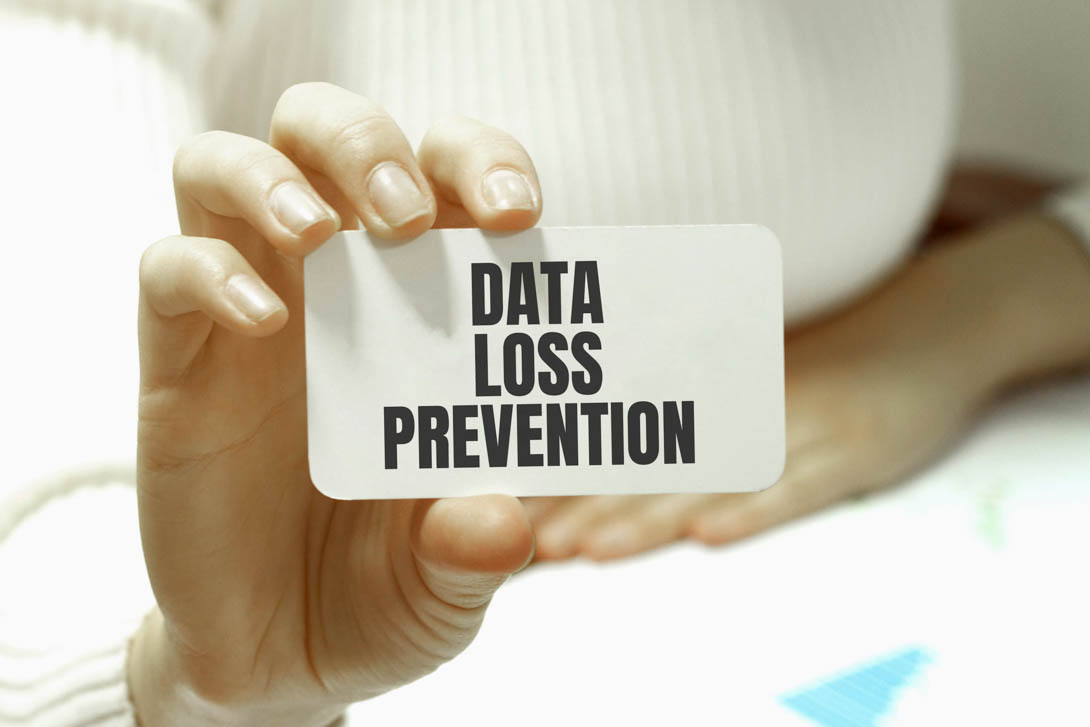According to Gartner’s survey, 90% of the organizations will implement Data Loss Prevention techniques in cloud computing by 2021.
Why Cloud Computing?
Irrespective of whether your business is big or small, cloud computing has brought in a plethora of advantages in business applications like scalability, security, standardization, integration, flexibility, easy accessibility, cost-cutting, support, and performance.
In addition to all this, cloud computing increases efficiency, improves revenue, security, and creates a user-friendly ecosystem.
What is Data Loss Prevention?
Technically, Data Loss Prevention (DLP) is a software strategy that ensures the protection and security of a company’s sensitive data. Most of the companies are switching to CASB services to enable the best DLP tools to protect and secure their sensitive data. Those who intend to use CASB (Cloud Access Security Broker), must consider employing a granular approach for policy enforcement as well as for data protection.
Top Data Loss Protection Techniques to Secure Cloud Computing:
- Data Loss Prevention policies: It is advisable first to classify the data into various categories and then formulate policies based on its ownership and accessibility. For example, essential and critical data should be categorized in such a way that only management personnel can access it, and the less important information should be made available for others to access. Once the data is classified into different categories, it becomes easy for organizations to monitor and audit policies and data accessing processes.
- Data Loss Prevention software: DLP software enables the organization to formulate and monitor policies and detect data security threats. This software totally depends on the technology which the organization is using, and all the devices in the company should be interconnected to each other. These days employees carry their devices out of the work premises; hence it has become necessary to create the need for DLP software in the workplace. DLP software is now available in CASB solutions which can effectively monitor and regulate all the activities within cloud applications.
- Security Authentication: The security threat has been a significant concern that has stalled the integration of cloud computing services into business systems. The data fed into the servers is extremely confidential and is of utmost importance. Since this data is remotely accessible from any corner of the world, it no longer remains privy to the premises of the organization only. Data loss can happen due to various reasons like a contractual breach with the partners or customers, malware infection, lack of user authentication, or unsecured encryption techniques. Also, no proper control over the end-users using the organization’s cloud services could pose a data breach of security through data theft. In this scenario, Data Loss Prevention techniques for Cloud Computing will work effectively.
- Quality security: When you entrust your critical and confidential data to a third party, i.e., a cloud service provider, they must provide quality security to the sensitive data. The cloud security provider has identified the possible security risks looming substantially over the data breach and data loss issues and provides a solution in the form of DLP (Data Loss Prevention). Organizations understand that potential data breaches can happen anytime and anywhere, like from the end-users or when there is data movement in the network traffic, or even when the data is at rest on the server. Also, these Data Loss Prevention methods can be applied to large or small organizations or individuals.
- Regular audits: Through regular auditing and monitoring, organizations can prevent data loss and data breaches. The organization’s sensitive data is vulnerable to numerous factors like a new device or a platform used by an employee, updates on existing apps, and many more. Companies can protect their data by applying robust DLP software which can monitor the network 24*7. Choosing the right DLP depends on the technology which the company uses and the budget allocated to it. A CASB solution for all cloud applications like Office 365, Gsuite, Slack is highly recommended for data loss prevention.
Key takeaways:
CloudCodes Cloud DLP provides security to the data by ensuring the following aspects:
- It works in compliance with the organization’s regulatory and compliance policies like the PCI (Payment Card Industry), PHI (Protected Health Information), PII (Personally Identifiable Information), etc.
- It monitors data at all minute levels by defining its advanced security protocols.
- It monitors and alerts when there is a data violation of the organization’s policies.
- It identifies the unusual sharing patterns against the company’s sharing norms.
- It helps in the auditing process of the documents by the company appointee.

